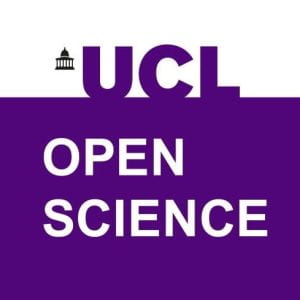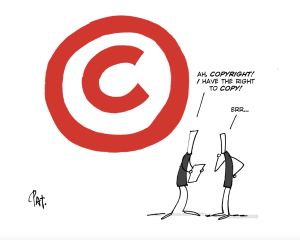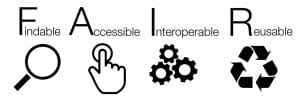‘Who Owns Our Knowledge?’ Reflections from UCL Citizen Science and Research Data Management
By Naomi, on 23 October 2025
Guest post by Sheetal Saujani, Citizen Science Coordinator, and Christiana McMahon, Research Data Support Officer

Graphic from openaccessweek.org, photo by Greg Rakozy
This year’s theme for International Open Access Week 2025, “Who Owns Our Knowledge?”, asks us to reflect on how knowledge is created, shared, and controlled, and whose voices are included in that process. It’s a question that aligns closely with UCL’s approach to citizen science, which promotes openness, collaboration and equity in research.
Citizen science provides a powerful lens to examine how knowledge is co-produced with communities. It recognises that valuable knowledge comes not only from academic institutions but also but also from lived experience, community knowledge, and shared exploration.

Photo by Sheetal Saujani, at a Citizen Science and Public Engagement workshop
Through initiatives like the UCL Citizen Science Academy and UCL Citizen Science Certificate, we support researchers and project leads to work in partnership with the public, enabling people from all backgrounds to take part in research that matters to them. These programmes are designed to be inclusive and hands-on, helping to build confidence, skills and shared responsibility.
For those of us working in academia, this theme reminds us that open access isn’t just about making papers free to read – it’s about changing how research is produced. Involving citizen scientists in forming research questions, collecting data, and interpreting findings opens up the research process itself, not just access to its outputs.
The Principles for Citizen Science at UCL emphasise respectful partnerships, transparency, and fair recognition. They reflect our belief that citizen scientists are co-creators whose insights – rooted in everyday experience and local knowledge – bring depth and relevance to academic work.

Graphic from gida-global.org/care
In particular, the fifth principle for Citizen Science at UCL states that CARE Principles for Indigenous Data Governance should be considered when working with marginalised communities and Indigenous groups. These principles are: Collective Benefit, Authority to Control, Responsibility, and Ethics, which remind researchers that creating knowledge from Indigenous data must be to the benefit of Indigenous Peoples, nations and communities. These Principles support Indigenous Peoples in establishing more control over their data and its use in research. The Research Data Management Team encourage staff and students to engage with the CARE Principles in addition to the FAIR principles.
So, who owns our knowledge? At UCL, we believe the answer should be: everyone. Through citizen science and its principles, we’re building a future where knowledge is created collectively, shared responsibly and made openly accessible – because it belongs to the communities that help shape it.
The UCL Office for Open Science and Scholarship invites you to contribute to the open science and scholarship movement. Stay connected for updates, events, and opportunities.
Follow us on Bluesky, LinkedIn, and join our mailing list to be part of the conversation!
 Close
Close







